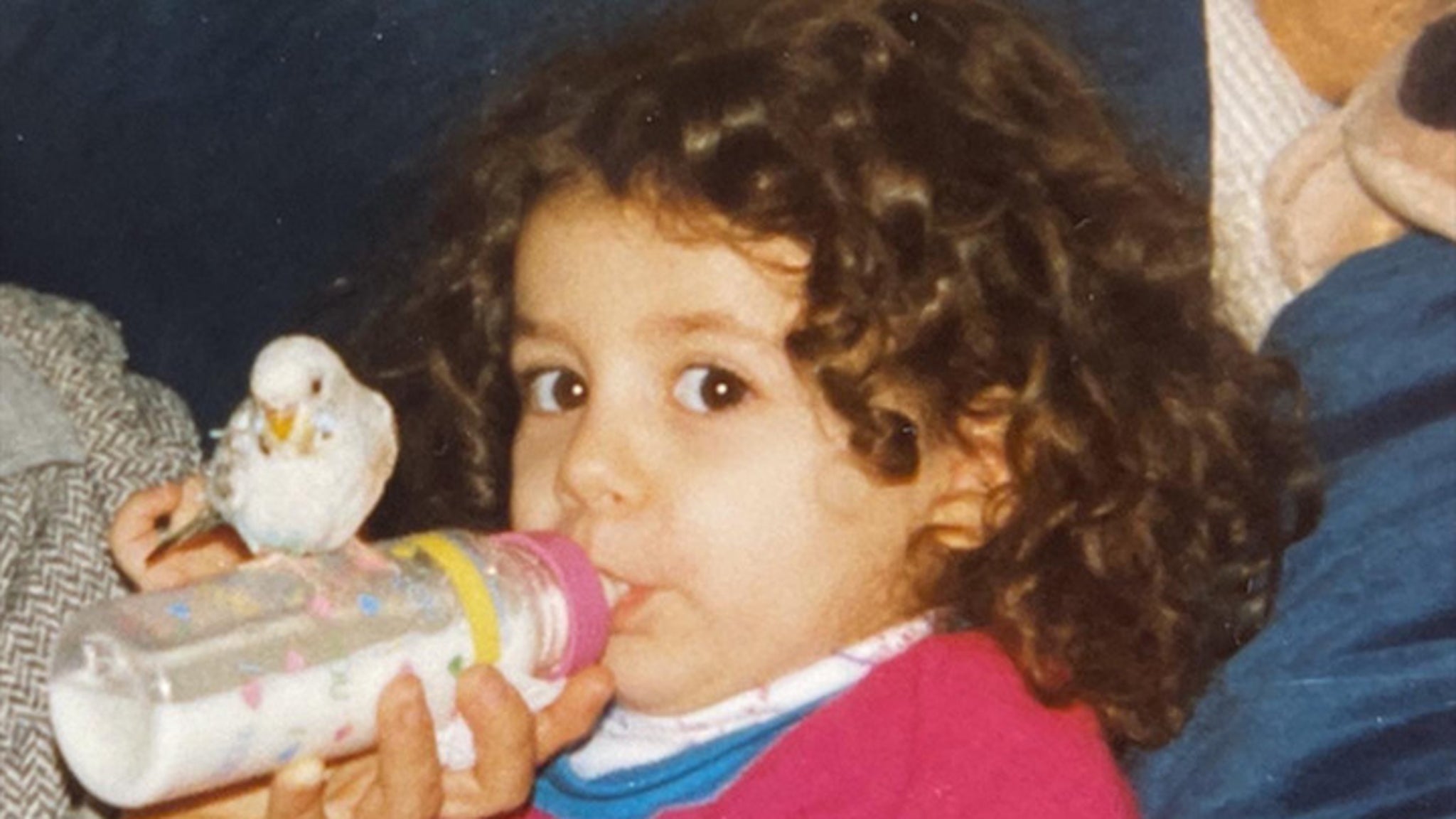Fashion
The Young Voices Shaping ‘New Sonic Futures’

Times Insider explains who we are and what we do and delivers behind-the-scenes insights into how our journalism comes together.
Adam Bradley has been listening to R&B for as long as he can remember.
Mr. Bradley is the author of several books on music and the poetics of lyrics and a professor of English and African American studies at the University of California, Los Angeles, where he founded the Laboratory for Race and Popular Culture. But he fondly recalls the early days of his interest in R&B, playing the 1986 Aretha Franklin song “Jimmy Lee” when he was 11, much to the disapproval of his grandmother, who loved opera and classical music.
“I remember my grandmother distinctly saying, ‘Turn off all that screaming,’” Mr. Bradley said in an interview.
So last fall, when Kurt Soller, an editor at T: The New York Times Style Magazine, called to talk about a new wave of female singer-songwriters reshaping the R&B scene, Mr. Bradley had a lot to say.
He had written frequently about rap, hip-hop and pop, but less so about R&B. “I’ve spent 40-plus years saturated in these sounds, and no one’s really asked me to reflect on my thinking on it until now,” Mr. Bradley said. For his part, Mr. Soller had been interested in thinking about the next generation of R&B musicians, and wanted to brainstorm a multimedia project around the topic for an upcoming issue of the magazine.
Their conversation grew into an article that explores R&B from its inception to the new wave of young musicians making their marks on the genre. In the piece, which appears in this weekend’s Women’s Fashion Issue, Mr. Bradley writes that the “new R&B era is here, with women artists leading the way.”
Mr. Bradley began his reporting by compiling a long list of R&B artists from the past, including Aretha Franklin and Whitney Houston, and the present, like Arlo Parks and Summer Walker. He mapped out their connections and influences. And he played their music over and over again, often in the car while driving his children to school in Los Angeles.
“I think my daughters at some point got sick of every car ride,” he said.
But listening with his daughters inspired Mr. Bradley to look back at the musical references that the contemporary artists were drawing upon, to show his children the rich history of R&B. For example, he played them Muni Long’s 2024 song “Make Me Forget” and then the song it’s based on, D’Angelo’s “Untitled (How Does It Feel),” released in 2000.
In his article, Mr. Bradley writes that throughout its history, R&B has often been misunderstood and dismissed.
“We go all the way back into the ’40s, when the actual genre gets its name, and even before,” he said. (R&B is an abbreviation of “rhythm and blues.”) He wrote about how the designation was used as a way to diminish talent, or box in Black artists, and how lyrics about sex and love were brushed off by some listeners as trite. But R&B, he said, has always been about the feeling conveyed in a singer’s voice.
“Great art, certainly great musical art, is very rarely about breaking ground with new ideas,” he said. “It’s about expression.”
Mr. Soller, who edited the article, said that magazine-making in general was about moments of recognition. And thanks to their longer lead times, he added, monthly magazines like T are uniquely positioned to unite different voices to help readers understand a cultural evolution or shift.
In December, the magazine arranged two photo and video shoots to bring together seven artists. Muni Long, Kehlani, H.E.R., Coco Jones and Victoria Monét were shot with one another in Los Angeles. Jessie Reyez and Jazmine Sullivan were photographed together in New York.
Although a stylist, Milton David Dixon III, dressed the women, Nadia Vellam, T’s photography and video director, said that she didn’t think of the sessions as typical fashion shoots. “It was more a portrait shoot,” she said.
Ms. Vellam brought on the fine-art photographer D’Angelo Lovell Williams. The backdrop of the sets, which included overlapping, translucent fabric and plastic, was designed to create cohesion between the two locations.
The shoots were “a nice opportunity to put these women together in a way they haven’t been before,” Mr. Soller said. “They’ve all met in passing, or competed for the same awards or, in some cases, collaborated or made music together. But the idea of gathering a group together is always really exciting.”
The goal behind a number of T magazine’s projects is to give readers a big-picture view of a trend, tradition or movement. In this case, it may be all three. Claiming the R&B genre today “means centering both the rich tradition of Black musical practice that stretches back decades upon decades,” Mr. Bradley said, “and also offering up the potential for radical new sonic futures.”
Mr. Bradley crafted a playlist of the songs that define R&B’s new era. Listen here.



























